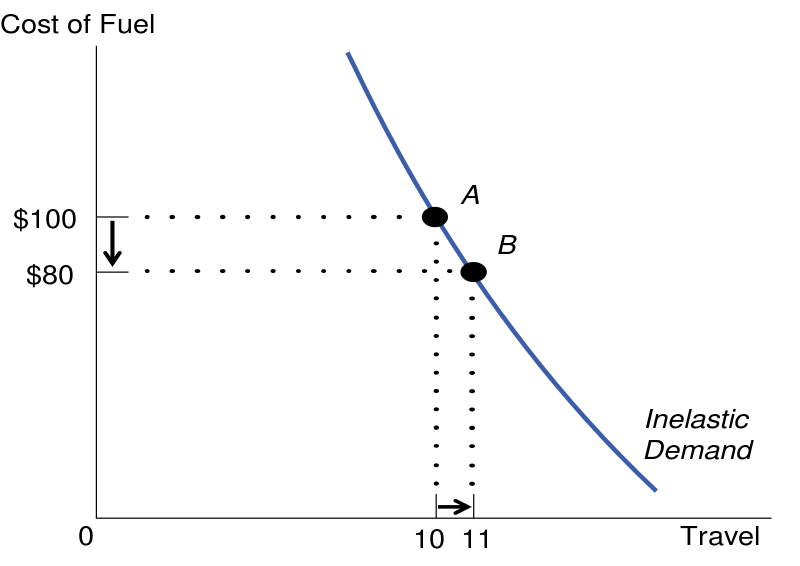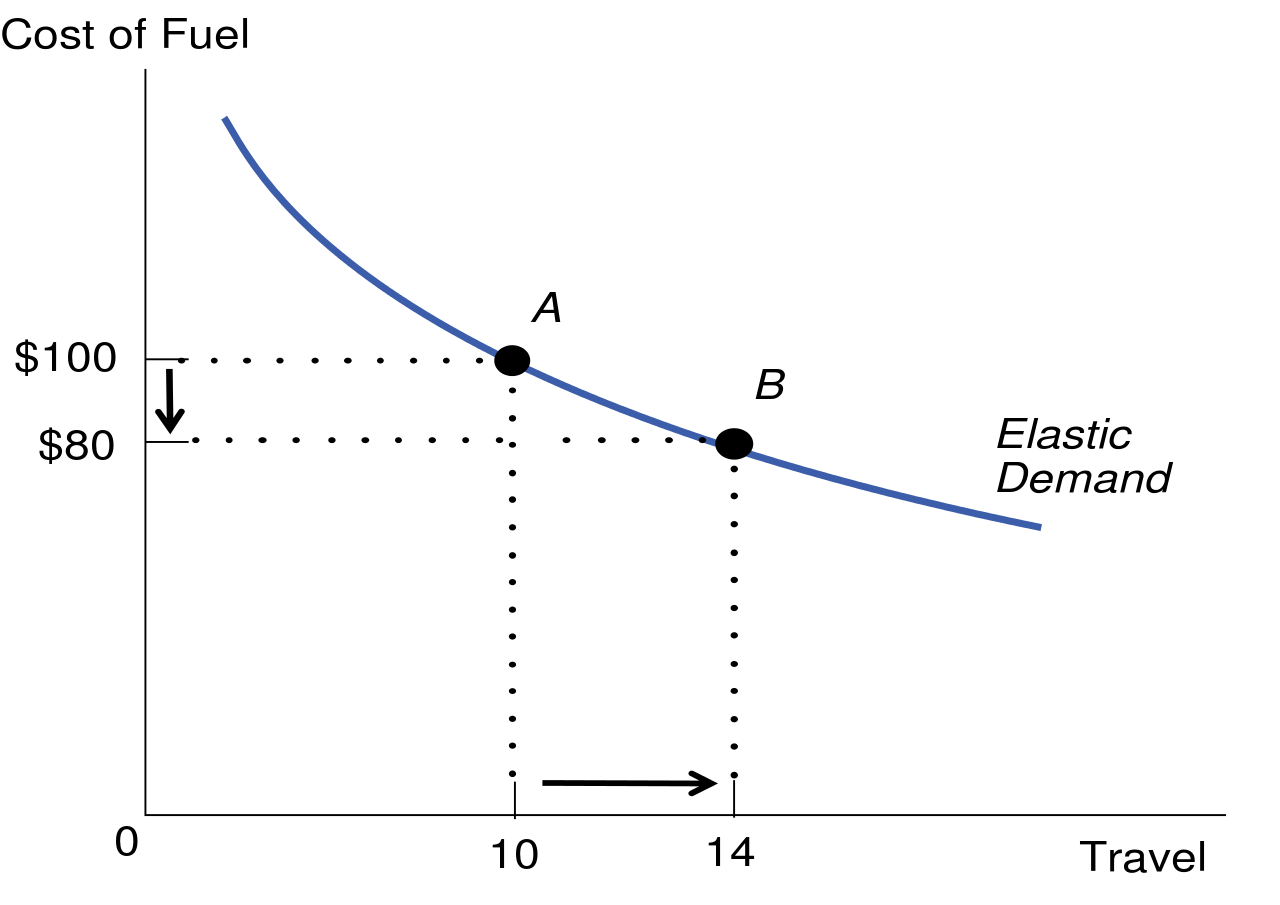Economists define elasticity of demand as to how reactive the demand for a product is to changes in factors such as price or income. Let us learn more about the price elasticity of demand. However, before we go further, let us briefly revisit the laws of supply and demand.
Laws of Demand and Supply
The law of demand states that all conditions being equal, as the price of a product increases, the demand for that product will decrease. Consequently, as the price of a product decreases, the demand for that product will increase. Therefore, the law of demand defines an inverse relationship between the price and quantity factors of a product.
The law of supply, on the other hand, states that all factors being constant, an increase in price will cause an increase in the quantity supplied. That is the quantity being supplied will move in the same direction as the price. Production units will invest more in production and supply more products for sale at an increased price. Therefore, the law of supply defines a direct relationship between the price and quantity.
Browse more Topics under Theory Of Demand
- Meaning And Determinants Of Demand
- Law Of Demand And Elasticity Of Demand
- Exceptions to the Law of Demand
- Elasticity of Demand
- Movement along the Demand Curve and Shift of the Demand Curve
- Income Elasticity of Demand
- Cross Elasticity of Demand
- Demand Forecasting
- Methods of Demand Forecasting
Price Elasticity of Demand
Now as mentioned earlier, the elasticity of demand measures how factors such as price and income affect the demand for a product. Price elasticity of demand measures how the change in a product’s price affects its associated demand. Now you can measure the price elasticity of demand (PED) mathematically as follows:
Price Elasticity of Demand (PED) = % change in quantity demanded / % change in price
Next, let us look at how we can measure PED.
Coefficient of Price Elasticity
Economists measure the price elasticity of demand (PED) in coefficients. In response to the change in price, demand for a product can be elastic, perfectly elastic, inelastic, or perfectly inelastic based on the coefficient.
Now, you need to understand that since price and demand move in opposite directions, the coefficient will have a negative value. However, in most cases, economists do not use the negative sign and focus on the coefficient itself. Let us now look at the numerical values of the coefficient of PED.
Perfectly Inelastic (PED = 0)
When the price elasticity of demand or PED is zero, then the demand is perfectly inelastic. That is, there is no change in the quantity demanded in response to the change in price. The demand curve remains vertical. Demand is completely unresponsive to the change in price.

Inelastic (PED is between 0 and 1)
If the percentage of change in demand is less than the percentage of change in price, then the demand is inelastic. For instance, let us say that the price of a chocolate increases from Rs.10 to Rs.20 and the associated demand decreases from ten chocolates to five chocolates. So now the PED will be 50% divided by 100%, which is 0.5. Hence, the demand here is inelastic.

Elastic or Unit Elastic (PED = 1)
When the percentage of change in demand is the same as the percentage of change in price, then the demand is unit elastic. For example, let us say that the price of a candy drops from Rs.10 to Rs.5 and the demand increases from 10 candies to 15 candies. Here, the percentage of change in demand is equal to the percentage of change in price (50% divided by 50%, which is 1).

Perfectly Elastic (PED > 1)
If the percentage of change in demand is more than the percentage of change in price, then the demand is perfectly elastic. For instance, if a 10% increase in price causes a 20% drop in demand, then the coefficient of PED is 3, which means that the demand is perfectly elastic.

Factors that affect Price Elasticity
Now that you are familiar with the coefficient of the price elasticity of demand, let us understand the factors that affect the elasticity of demand.
1] Number of Substitutes Available
If there are several substitutes or brands available for a product, then the elasticity of demand for the product will be high because consumers can shift from one brand to another depending on the change in price. Chocolates, for instance, is a good example of substitutes. Consumers can choose between several brands of chocolates.
2] Price of Product in Relation to Income
Now when a household’s income changes, the demand for goods and services also varies in response to the income. Hence, the demand for products and services becomes elastic.
3] Cost of Substitution
In some cases, the result of changing from one brand to another may be quite high. For instance, if a certain cable service has a lock-in period of deposit, then an existing consumer cannot change to another service, although inexpensive, without losing the deposit. Hence, the demand becomes inelastic.
4] Brand Loyalty
Sometimes, consumers are loyal to a specific product. In such cases, the price change in that product will not affect its associated demand. Brand loyalty, therefore, makes the demand inelastic.
5] Necessary Goods
Necessary goods such as medicines and petrol usually have an inelastic demand. As consumers have to purchase these goods irrespective of the change in price, the demand remains unresponsive.
Solved Example on Price Elasticity of Demand
Q: How does price elasticity affect firms and industries?
In addition to consumers, the price elasticity of demand also affects industries and firms. By studying how consumers react to PED, they can understand how to price their products to ensure competitiveness. By understanding PED, they can invest in effective sales forecasting and manage revenue and profits. Understanding PED also helps industries to manage their advertising strategies.






B.com 1st year
Bus.economic
ok